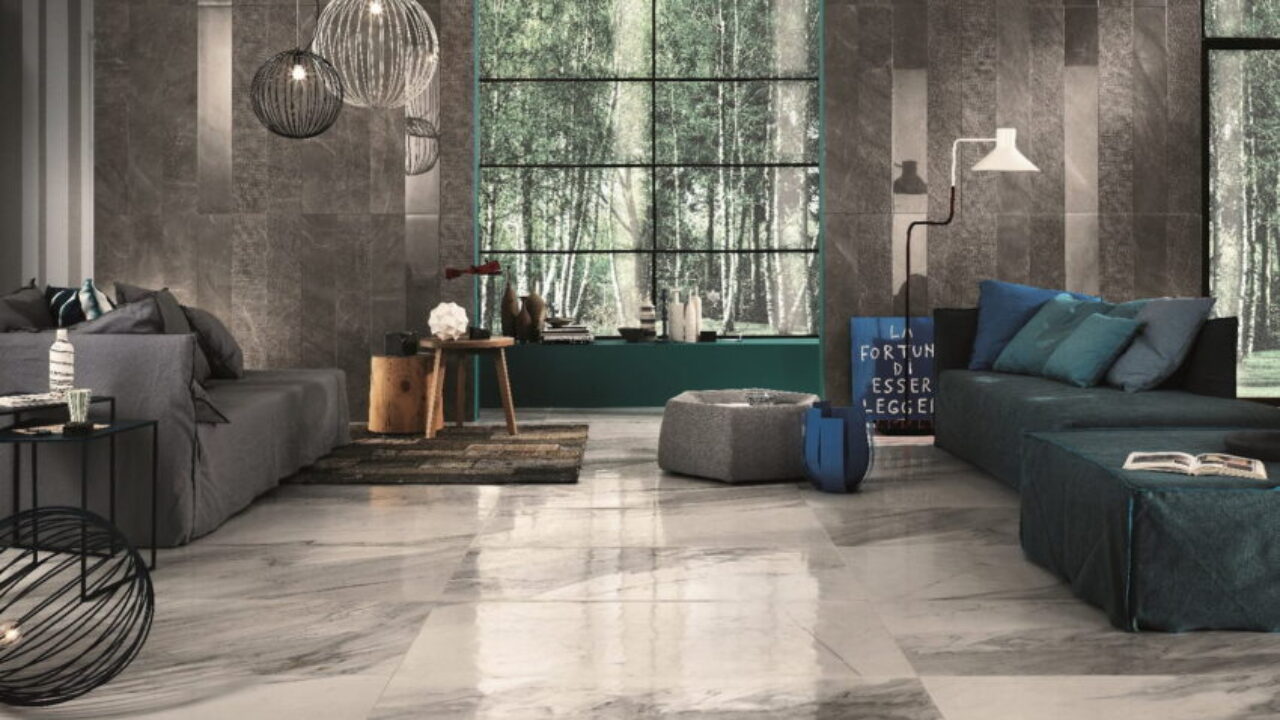When that concrete flooring has finished curing, it’s time to shop for the ideal flooring material. Aside from wood, two other options are popular. These are, namely, ceramic and vinyl tiles. Both require a considerable amount of monetary investment from you. Hence, it’s important to understand your options before you purchase.
What They’re Made Of
Ceramic tiles are made of clay. Their manufacturing process includes mixing and shaping clay with water and other materials. The semi-finished product is then put into ovens and heated. This procedure ensures a hardy and durable material.
As for the materials used, ceramic tiles are diverse. The most popular material, The Spruce specifies, is porcelain. Another choice would be terracotta, which is mostly used in tile roofing instead of ceramic tiles. However, porcelain is of higher quality, thanks to the higher temperatures in which the tiles are fired.
On the other hand, vinyl tiles are made of three materials that are layered together. The bottom layer is made of fiberglass or felt, while the topmost layer is a print or lamination. The middlemost layer is made of PVC plastic. Some tiles may also be infused with pulverized stone dust to enhance their durability.
It’s vital that you understand what makes up these two flooring tile options. The materials that they’re made of give them certain attributes that can help you determine which one is a better choice for you.
Water and Heat Resistance
One important attribute that you need to determine first is water resistance. Floors deal with all sorts of moisture. People, especially children, are prone to spilling liquids all over the floor. Because of this, you need to ensure water resistance. If a material is not waterproof, moisture could seep into its layers and affect its durability.
Fortunately, both types of tiles are waterproof. There’s only one thing to watch out for, however. With ceramic tiles, water may seep into the grout in between the tiles if they are not properly maintained. For vinyl tiles, there are small seams in between the tiles that are not easily visible to the naked eye. Moisture could find its way through these and into the concrete flooring below.
It’s safe to say, however, that proper maintenance for both types of tiles can prevent water-related problems. Puddles should be mopped up as soon as possible. Aside from ensuring the durability of the tiles, it also prevents accidents at home or in the workplace.
Heat resistance is a different story. Vinyl tiles are not resistant to heat, while ceramic tiles are totally impenetrable. After all, they’ve been made through extreme heat.

Ease of Installation
Between the two, the vinyl tile is easier to install. Installers only need to apply flooring mastic to the concrete. Once the mastic has dried, vinyl tiles can simply be put over the concrete flooring. Each tile has a factory-made adhesive already applied, with only a little pressure needed to make it adhere to the mastic.
More expensive tiles also come with interlocking joints that make installation even faster to achieve. All you need to do is connect all the tiles together and place them over the concrete flooring. There’s no need for adhesive, which is why they’re referred to as “floating” floors.
Installers of ceramic or porcelain tiles follow a roughly similar procedure. They first apply specialized adhesive to the bottom layer of each tile, after which they press it down against the cement board. After all the tiles have been glued to the floor, installers will then install grout in between each tile to seal the gap. Everything is then allowed to dry.
Ceramic tiles take more time to install because each tile has to be individually coated with adhesive. In addition, installers also have to mix the grout before it is applied in between the tiles.
Safety and Environmental Concerns
Between the two, ceramic tiles are safer because it does not have any known environmental concern. It is very heat-resistant, and will not burn up in case of a house fire. Clays are also natural materials that artisans can take from the earth, which reduces the tiles’ potentially toxic content.
Vinyl flooring, on the other hand, is said to contain pollutants like benzyl butyl phthalate and dioxins. BBPs in particular, Health Line said, could trigger numerous health problems like asthma, eczema, reproductive disorders, and multiple myeloma. However, proponents argue that they are only dangerous if vinyl tiles are accidentally burned, and these gases are released.
To wrap everything up, it’s safe to say that both tiles are durable and ideal for the long term. However, vinyl has a significant advantage over ceramic tiles due to its ease of installation and maintenance. On the other hand, for those who are health and environmentally conscious, the peace of mind they could enjoy far outweighs the cost and difficulties associated with ceramic tiles.





